The Gout Diet: The Foods to Avoid and the Healthy Foods Safe to Eat
7 minute read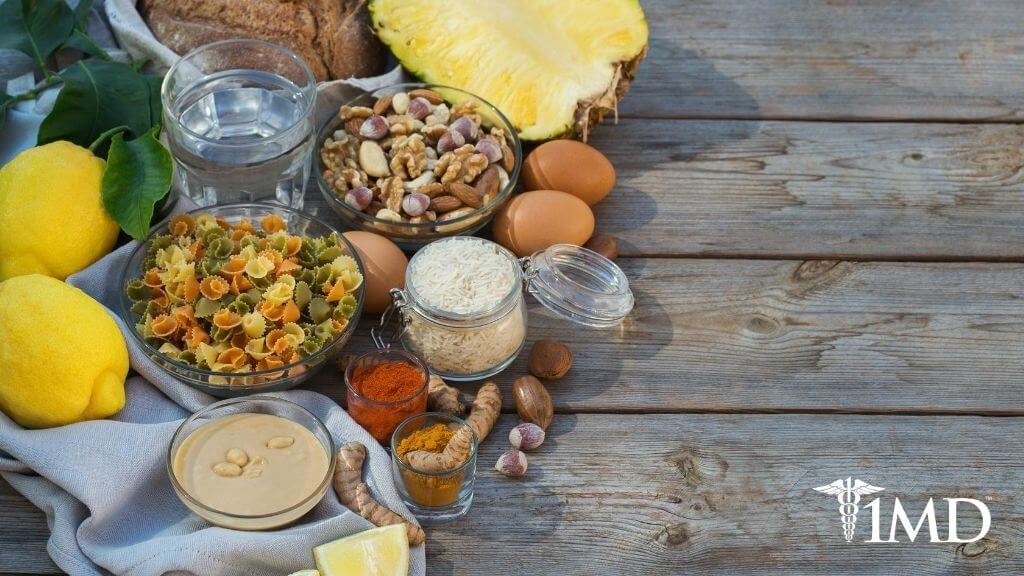
No matter how much knowledge about gout you already have, everyone knows that they don’t want it. Both painful and potentially ongoing, gout is sometimes called “the second arthritis,” as it can compound an already problematic joint issue.
Of course, if you suspect you have gout already, you need to avoid the foods known to contain purines and use the following tips and substitutions to help you find meals that make your body happy.
All About Gout
Gout is an odd form of arthritis in that doesn’t appear like most other forms of arthritis and can come and go. It typically comes on suddenly and with pretty severe pain that can be accompanied by swelling, redness and tenderness in the joints. Gout usually attacks the base of the big toe.
Gout is caused by urate crystals accumulating in your joint. These crystals are formed from excess uric acid in the body. Uric acid is produced in the body as a way to break down purines.
Purines normally occur in the body, but they are also introduced through certain foods, such as steak, organ meats, seafood, alcohol, fructose, peas, asparagus, and more.
In most people, uric acid dissolves into the bloodstream and passes through your kidneys and out in urine. But for others, the uric acid isn’t properly released, and it builds up, eventually forming sharp crystals in joints and surrounding tissue.
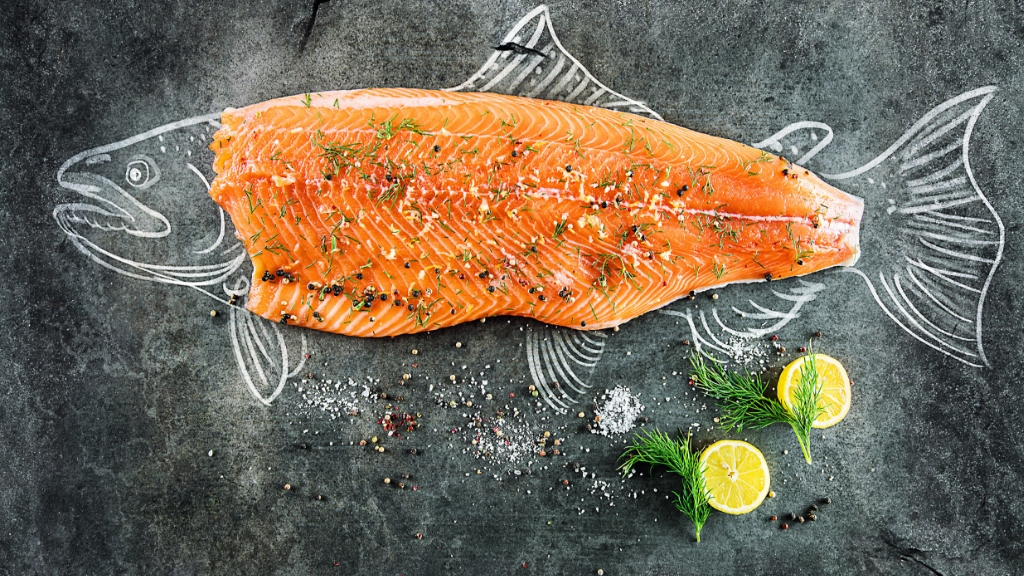
If you think you have gout, check to see if you have the following symptoms.
Joint pain: More painful than your average muscle aches, and typically focused on the large joint of your big toe, the pain is more acute in the first 12 hours of an attack.
Discomfort: After the pain goes, there is discomfort that lasts from a few days to a few weeks and more joints may be involved than the initial, directed pain.
Inflammation and redness: The affected area might become swollen, sore, red, and warm to the touch, but this isn’t always the case.
Limited range of motion: During a bout, you will find that your joints don’t move like they normally would.
Gout should be treated by a medical professional because untreated gout can lead to more pain and can even damage the joints.
The Gout-Safe Diet
One way to prevent gout is to watch what you eat. By avoiding purines, your body doesn’t have to create uric acid and can combat the build up and crystal creation.
If you already have gout, here are a few food categories and the types of food within them to avoid, and the ones to eat. The basic goals of a gout diet are to lose weight, avoid complex carbs and bad fats, and to stay hydrated and eat plenty of lean proteins.
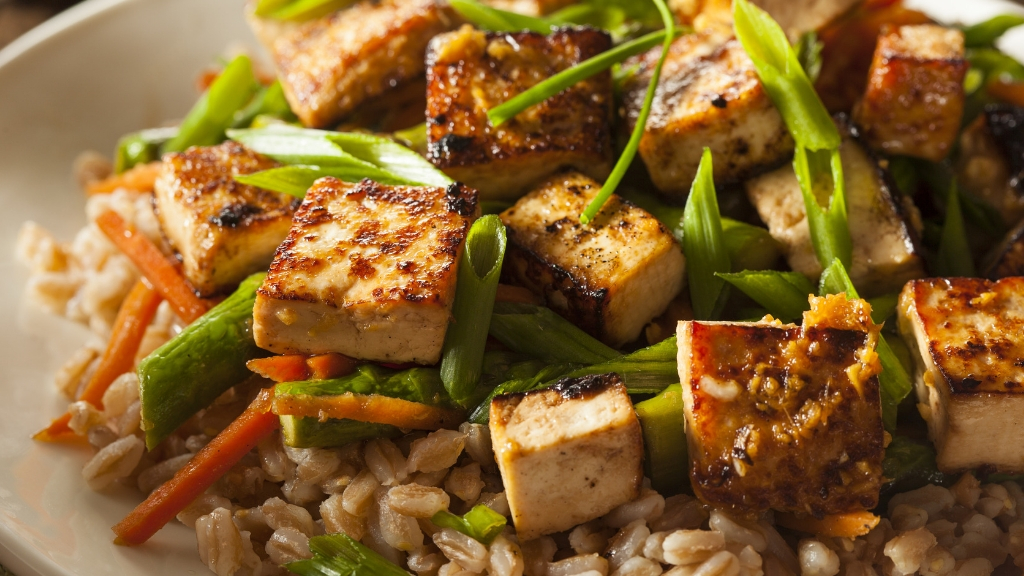
Shellfish and Seafood
If you love seafood and shellfish, the diagnosis of gout can be pretty depressing. A lot of food from the sea is high in purines.
Salmon does seem to be the exception, and it will give you that fish you crave without a purine boost.
If it’s shellfish you want, the key is moderation and knowing your gout symptoms. Crab, lobster, oysters, and shrimp contain some purines, but they’re not as high as other fish like scallops, trout, and haddock.
In other words, you may be able to have some shellfish, but you should skip the all-you-can-eat crab fest.
Red Meats
Beef, pork, and lamb tend to all be high in purines. To really get a handle on your gout symptoms, you should avoid these foods. But that might not be practical for you. If you need your meat, then eat limited amounts and avoid organ and glandular meats entirely (liver, kidneys, etc.).
A great way to get your protein is tofu. For real meat lovers this can be a hard switch, but if seasoned and sauced appropriately, tofu can be delicious and even something you crave. Try easing it into your routine and think of it as its own food, not a meat substitute.
Poultry
Poultry is another high-purine food, but you don’t have to give up chicken entirely. If you want protein from chicken, you’ll do best if you choose the leanest cuts, like skinless breasts or extra-lean ground white meat, then use a low-fat preparation, which means skipping deep frying and gravies.
Vegetables
The good news is studies have found that the vegetables that are high in purines (asparagus, spinach, cauliflower, peas, and mushrooms) don’t seem to exacerbate or aggravate gout the same way animal-based purines do. This means you can probably continue to consume these vegetables in moderation, but pay attention to the way your body responds to know for sure.
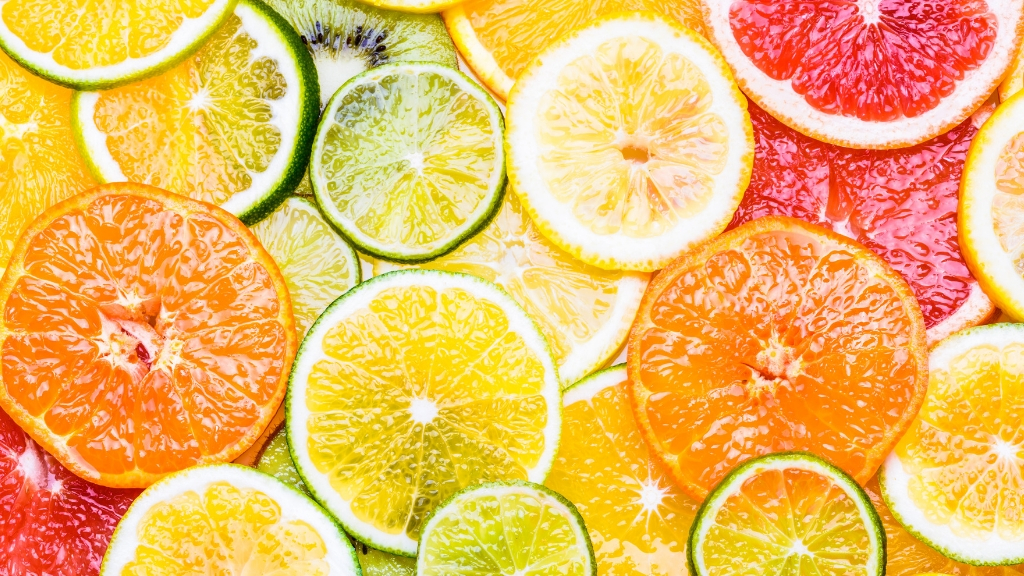
Other than those listed vegetables, all the rest of them are safe for you and highly encouraged.
Fruit
Most fruits are a great snack option for people who suffer from gout. In fact some of them should be a big part of your diet because they can help lower uric acid levels. Look for fruits high in vitamin C, as they have been proven to lower uric acid. Cherries also seem to have the ability to reduce gout symptoms and outbreaks.
| Related: Why Boswellia Serrata May Be What You Need for Gout Relief |
The bad news on the fruit front, fructose can exacerbate gout. The fruits to limit or avoid because of their high fructose content are apples, peaches, pears, plums, grapes, prunes, and dates.
Low-Fat Dairy
While full-fat dairy is typically discouraged for people with gout, low-fat dairy may actually help prevent gout. Several studies have shown a correlation between low-fat milk products and a reduced risk of gout, meaning this is one food you can enjoy without fear.
Carbohydrates
The good news is that carbohydrates are good for you because they help eliminate uric acid. However, you still should avoid high sugar carbohydrates like cookies and donuts and instead pick whole grain breads and wild rice.
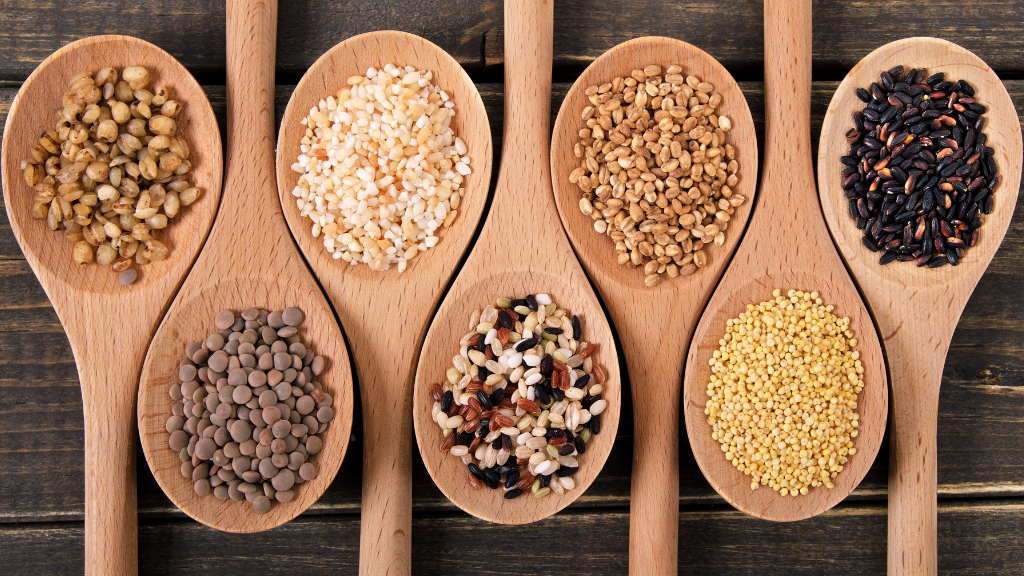
Wine
Alcohol is a big trigger of gout and your healthcare professional will probably tell you to stay away from all of it, especially hard liquor. If you really need a drink, moderate consumption of wine seems to be a safe option.
The Bottom Line
It’s important to note that eating gout-safe foods can help you with gout symptoms, but a healthcare professional should be an important part of your total treatment plan.
Once you’ve seen a doctor and determined your course of treatment, it’s a great idea to incorporate more of the gout-safe foods mentioned above and to avoid or at least limit those that are high in purines.
Create meals that feature the foods you like which don’t cause problems for you and try to feature them more frequently. Then begin making substitutions and slowly start to make changes that you can live with and that leave you feeling satisfied and satiated.












